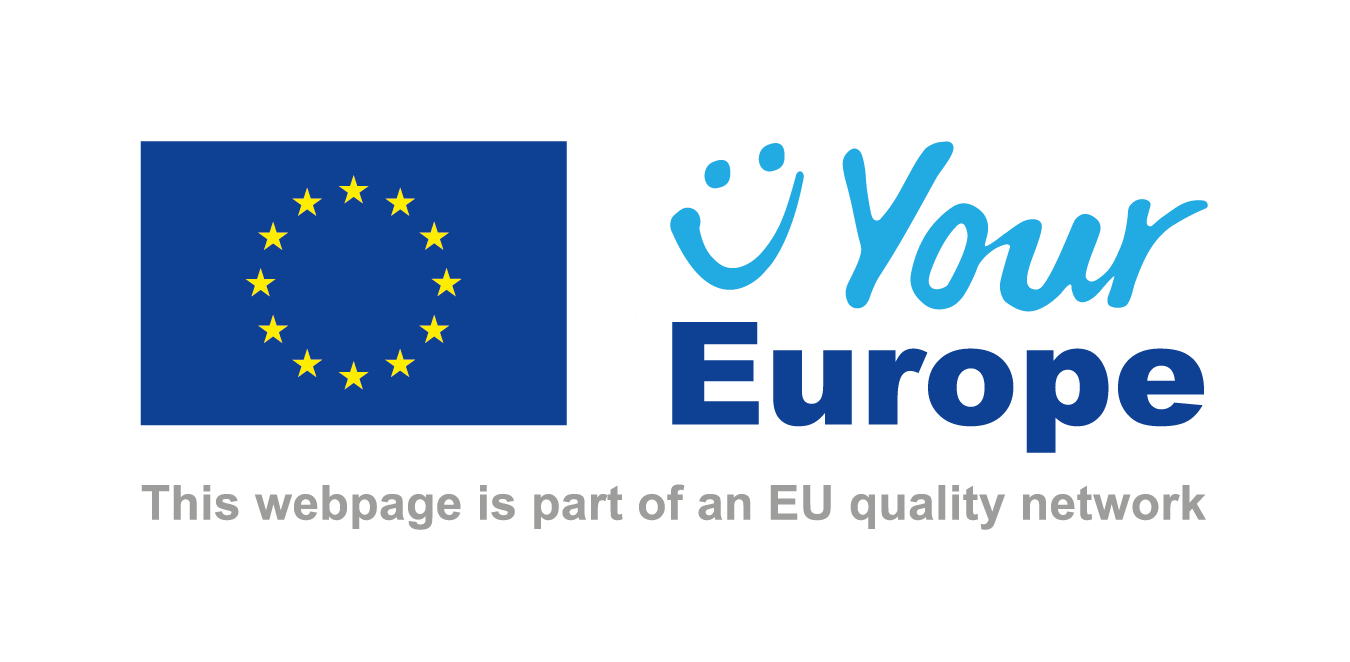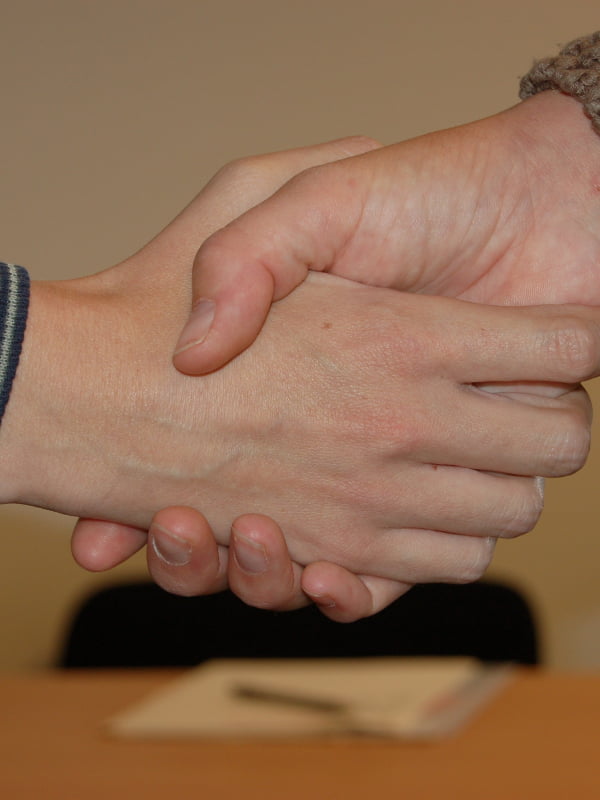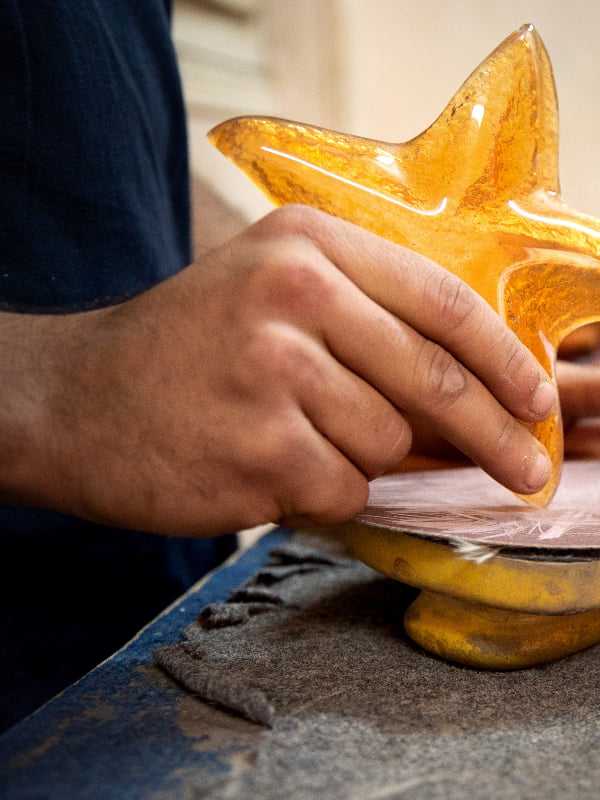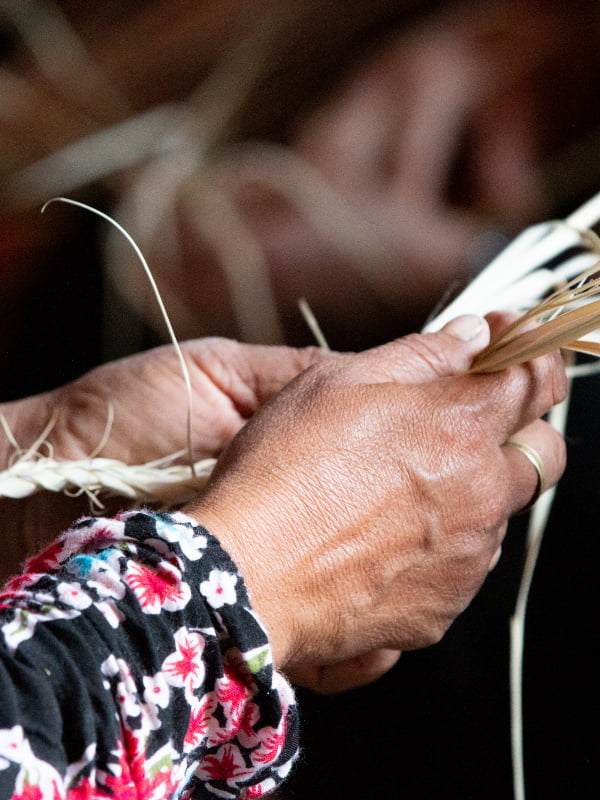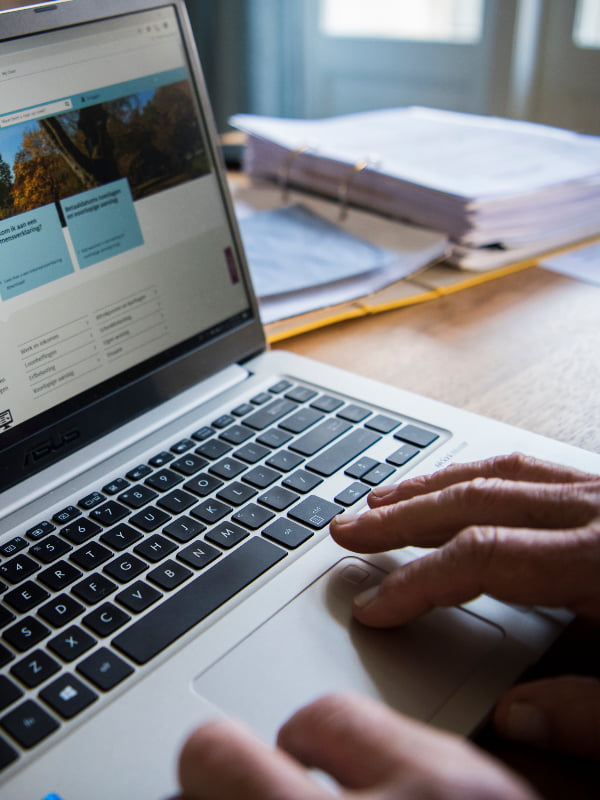How to apply for a patent
If you have an invention, for example a new product or process, you may be able to protect it by filing for a patent. A patent will allow you to protect your invention and prevent other people benefiting from your success without permission. If you decide to protect your invention, you should consider which means of protection is the most suitable.
Patents are territorial and must be filed in each country where protection is sought. No one applies for a patent in all countries of the world, as it is far too expensive. You should determine the countries in which your most important markets are located and where you think you can exploit your product to make a profit.
Where to apply for your patent
- National: in the Netherlands
If you decide to apply for a patent in the Netherlands, you should start your search at the Netherlands Patent Office, a department of the Netherlands Enterprise Agency (RVO). The Dutch grant procedure consists of a number of steps. - Regional: in Europe
A regional patent application is a patent application that is filed with a central organisation for different countries. The application filed by means of a central granting procedure will result in a collection of national patents. - International: worldwide
The Patent Cooperation Treaty (or PCT) was concluded in 1970 in Washington. This treaty allows a patent to be applied for all over the world by means of a single application procedure.
Risks assessment
Sometimes a patent offers the best protection. Intellectual Property (IP) covers a wide range of subjects and you may find that you can protect your idea by another right, or a combination of rights. It is up to you to decide whether you apply for a patent and when you do so. This should involve a careful assessment of the risks. It is sensible to conduct research to find out if there is a market for your invention. This will prevent you from investing a lot of time and money in your invention only to find out later that no one wants to buy your product. You will then be unable to recover the costs that you have incurred.
Patent priority year
If you apply for a patent in the Netherlands first, you will have one year in which to file the same application in other countries. The filing date for the original Dutch application will then also apply to the foreign application. You can use this period, known as the priority year, to do research on the countries that may be of commercial interest for your invention.
Afterwards, if you do opt for a patent, you will have to make a number of choices again. Please take the following into consideration:
- Consider the countries in which there will be a market for your product. It would be wise to extend your patent to those countries. It is important to take future developments into account: a country that does not have interesting prospects as yet, may do so in the future. Market research should be carried out for this purpose.
- Consider whether you wish to continue managing production and distribution or whether you wish to outsource it. You can sell your patent, for example, or license it.
- When selling your patent, consider whether you wish to sell in one go for all countries or if you wish to decide on a country-by-country basis.
Costs of a patent
For an estimate of the costs of a patent for your invention in one or more countries, you can use the Cost Calculator for Protection of Intellectual Property.
Compensation costs for SMEs
Europe regularly makes budget available for SME's to subsidize the costs of patent, trademark, and design applications, as well as the IP Scan. This is called an SME voucher. It is on a first-come, first-served basis. SME voucher 3 for patents will be available from 2 June, 2025. Check the website of the European Union (EUIPO) for up-to-date information on availability.
Apply for a patent or not?
When choosing whether or not to apply for a patent, there are many matters that you have to take into account. The choice whether or not to apply for a patent is a strategic one, as it determines the way in which your invention will develop further.
It is not always easy to decide whether to apply for a patent or not. A list of factors that will help you to make the right decision.
Do apply for a patent if
- the benefits outweigh the costs;
- your product has a long life cycle;
- there is a large market with a lot of potential licensees;
- you want to protect your market share;
- an infringement of the patent can be easily demonstrated;
- you can use a patent as part of negotiations;
- your patent enhances your or your company’s image;
- it is impossible to keep your invention secret;
- it involves a key technology;
- you require funding or wish to enhance the value of your company.
Do not apply for a patent if
- the costs outweigh the benefits;
- your product has a short life cycle;
- there is a small market with low margins;
- there are numerous available alternatives;
- it is not possible to prove that the patent has been infringed;
- time is of the essence;
- competitors have insufficient capital;
- reverse engineering is difficult and it is possible to keep your invention secret;
- there is a limited market and it is more costly and time-consuming to maintain the patent.
Questions about patents?
If you need more information on how to apply for a patent in the Netherlands, please contact the public information office.
This webpage is part of Your Europe, an EU quality network.
Let Your Europe know what you think of this page. Leave your feedback.
- Ministry of Economic Affairs
